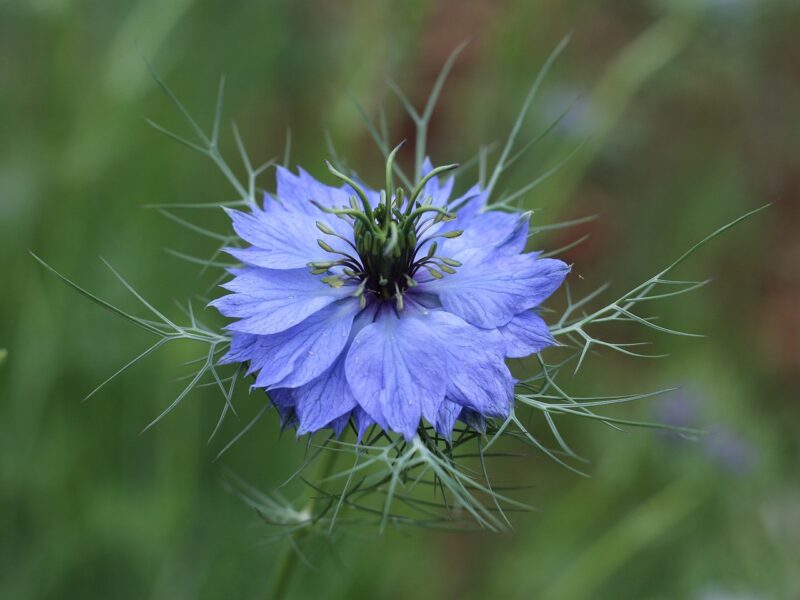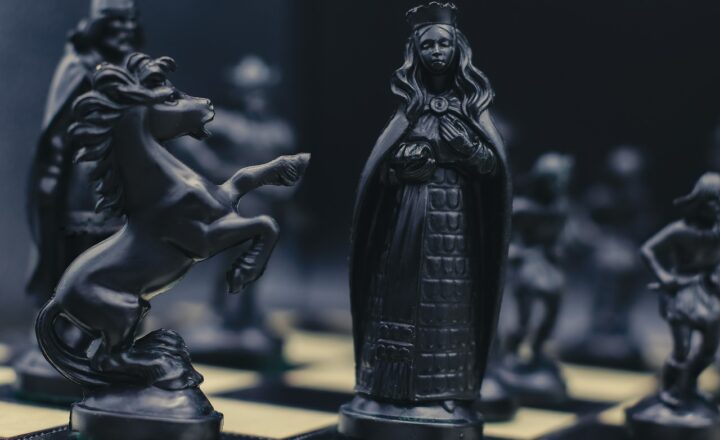The Enigma of Fairy Rings and Why They’re Considered Portals to Another World
November 12, 2024

Fairy rings have captivated human imagination for centuries, steeped in myth, folklore, and mystery. These naturally occurring circles of mushrooms are often thought to be enchanted portals leading to another world, a notion that can be traced back to various cultures and traditions around the globe.
1. What Are Fairy Rings?
Fairy rings are circular formations of mushrooms that can appear seemingly overnight. These fungal growths typically range from a few inches to several feet in diameter, and they are usually made up of one type of mushroom. The most common species associated with fairy rings include the Brown Cap mushroom (Marasmius oreades) and the Common Mushroom (Agaricus bisporus).
The phenomenon occurs when the mycelium— the underground network of fungal threads— grows outward from a central point, speeding growth in a circular pattern. As the outer edges grow and flourish, the inner part dies off, creating the signature ring shape.
2. Historical and Cultural Significance
For centuries, fairy rings have been steeped in folklore and cultural significance, often associated with the supernatural.
– European Folklore: In many European cultures—including the Celtic traditions of Ireland and Scotland—fairy rings were believed to be the dance floors of fairies. It was said that if one dared to step into a fairy ring, they would be whisked away to the fairy realm, never to return. Folktales often warned that trampling on these rings could anger the fairies, leading to misfortune or loss.
– Connection to Nature Spirits: In broader folklore, fairy rings were often seen as markers of enchanted territory inhabited by both good and mischievous spirits. They were viewed as gateways into the magical world, where one could encounter beings of other realms.
– Cultural Celebrations: Some traditions celebrated fairy rings as sites of rituals and festivities. Dances and gatherings were believed to take place within or around these circles during special events, particularly at Midsummer celebrations—a time associated with magic and mystery.
3. The Science Behind Fairy Rings
While folklore provides a fantastical narrative, there’s a scientific explanation behind the existence of fairy rings. These fascinating growths are the result of the life cycle of fungi, demonstrating important ecological processes.
– Mycelium Growth: Starting from a spore, the mycelium expands underground, sourcing nutrients from the soil and organic matter. As it spreads, different conditions may cause the fungi to fruit in a circular pattern. The most robust fruiting occurs at the periphery where nutrients are plentiful.
– Nutrient Depletion: Despite their enchanting appearance, fairy rings signal nutrient depletion in the soil where they form. As the mycelium consumes the nutrients in the center, it often results in a stark contrast between rich soil at the ring’s edges and degraded soil in the center, where no mushrooms grow.
– Different Types of Fairy Rings: There are three main types of fairy rings:
– Type A: Rings in which the mushrooms appear in a complete circle.
– Type B: Mushrooms form in arcs or semi-circles, indicating slower mycelial growth.
– Type C: A more random distribution of mushrooms, often highlights patches of nutrient-rich soil.
4. Famous Fairy Rings Around the World
Some fairy rings have gained notoriety and are celebrated worldwide:
– The Ring of Mushrooms in France: Located in the forests of Cereal, this fairy ring has become a popular tourist spot, captivating visitors seeking a glimpse of its beauty, aligned with local folklore.
– The Enchanted Forest in Germany: Famous for its magical atmosphere, this enchanted forest is filled with fairy rings believed to house traditional forest spirits.
– The Ecological Marvels of Japan: Japanese forests are known for unique mushroom growths, with folklore depicting fairy rings as gateways to other worlds, deeply interwoven with Shinto beliefs.
5. Modern Interpretations and Mythological Relevance
In modern times, fairy rings have not lost their charm, morphing into symbols for ecological awareness and recreation.
– Symbol of Ecosystem Health: Scientists and ecologists acknowledge fairy rings as indicators of soil health and biodiversity, becoming a subject of scientific studies toward ecosystem restoration.
– Cultural Representations in Art: Fairy rings are often depicted in literature, art, and film, showcasing humanity’s perpetual intrigue with nature’s mysteries. They often symbolize the allure of curiosity, inviting exploration and wonder.
– Influence on Popular Culture: From children’s stories to fairy tales, the presence of fairy rings has permeated many narratives, representing a bridge between the known and the unknown, encouraging readers and viewers to embark on journeys of imagination and discovery.
Conclusion: The Allure of the Unknown
Fairy rings embody the duality of myth and nature, bringing together folklore and biology in an enchanting dance. They remind us that there are wonders in our world that spark the imagination, connecting the beauty of nature to the depths of our cultural consciousness. Whether one approaches fairy rings with reverence, scientific inquiry, or simply a sense of wonder, they continue to fascinate and inspire—gateways to both nature and the realm of myth.
In our modern world, as we seek connections to nature amid the cacophony of urban life, fairy rings invite us to pause, reflect, and rediscover the magic woven into our landscapes.








